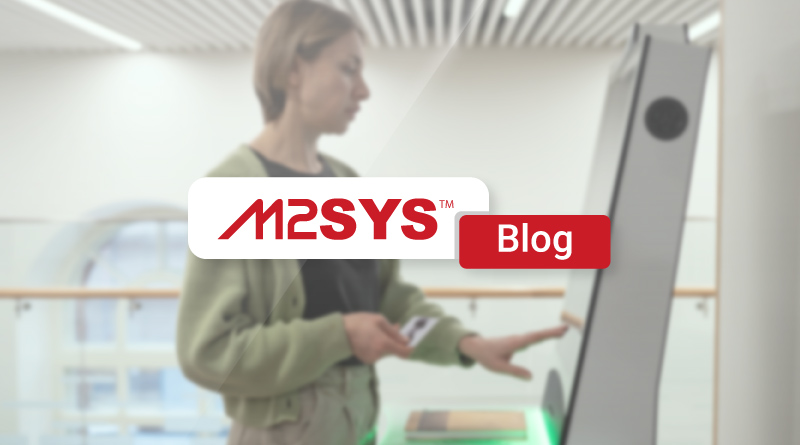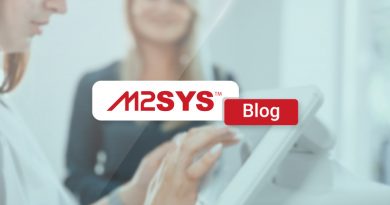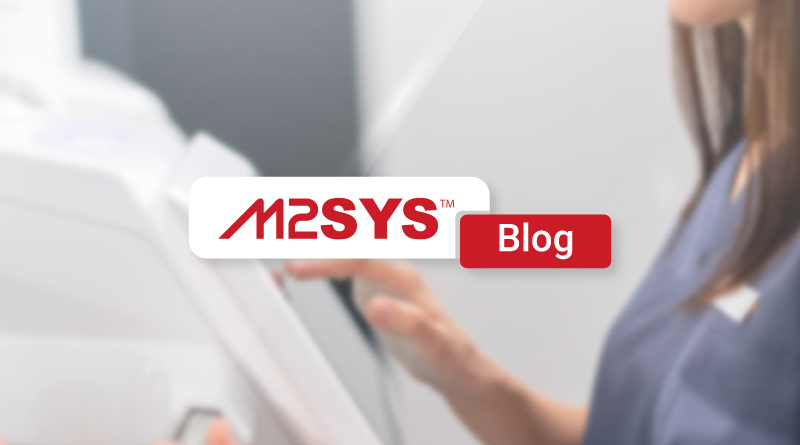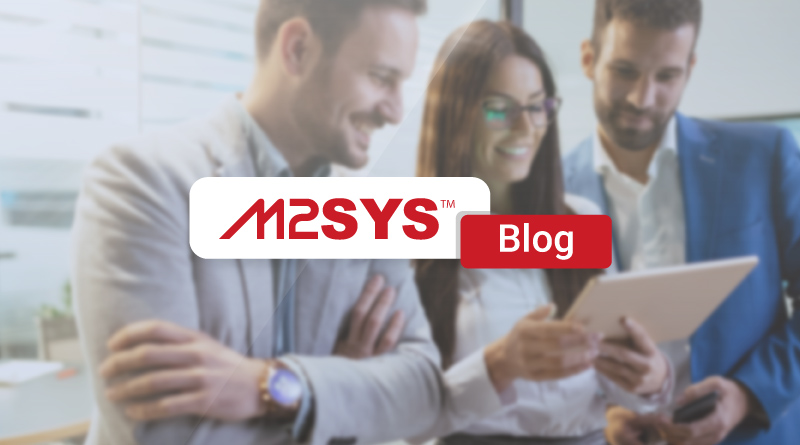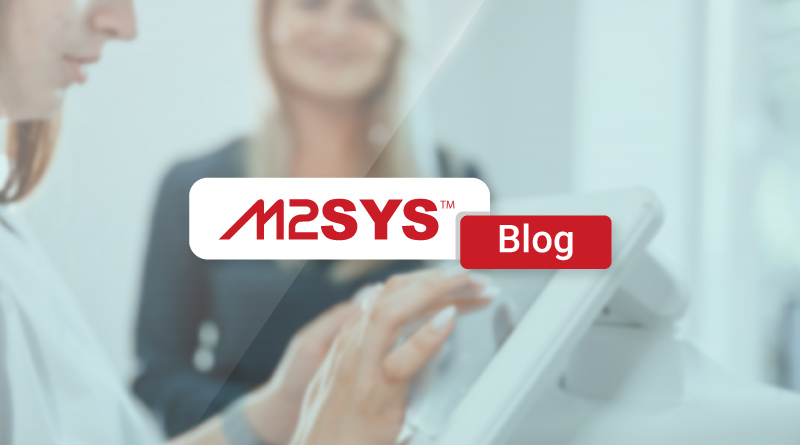Manual Identity Verification Blocks Citizen Onboarding at Scale
Government agencies face significant delays in citizen onboarding due to manual identity verification processes. These outdated methods lead to extended timelines, causing frustration and inefficiency. Automation offers a solution, enabling secure, digital identity checks that streamline operations and improve citizen satisfaction.
Did you know that government agencies lose millions of hours each year to manual identity checks during citizen onboarding? This bottleneck slows down services and frustrates everyone involved. Agencies handle thousands of requests monthly, yet outdated methods stretch timelines from days to months. Citizens wait endlessly for benefits, licenses, or registrations, while staff drown in paperwork. The result? Delayed service delivery and rising dissatisfaction. Now, agencies seek ways to fix this mess without cutting corners on security.
What Causes Delays in Citizen Onboarding for Government Services?
Manual processes create the main roadblock. Agencies require citizens to submit documents and show up in person for verification. This setup ties everything to office hours and physical locations. For example, a working parent might miss an appointment, pushing their welfare application back weeks. Additionally, departments often use different standards, leading to mix-ups and security holes. Paper forms add errors, as staff manually enter data, risking duplicates or lost records. In high-volume areas like voter registration or public safety programs, these issues multiply. A recent report from the Government Accountability Office highlights how such delays cost states billions in lost productivity. So, agencies now push for faster methods that maintain trust and compliance.
How Can Agencies Automate Identity Verification Without Risking Security?
Automation offers a clear path forward. By shifting to digital tools, agencies cut out the need for in-person visits. Citizens verify identities from home using secure online steps. This change tackles inconsistencies across departments. For instance, real-time checks against official databases catch fraud early. Moreover, integrated systems share data smoothly, so citizens avoid repeating the process for each service. However, the key lies in choosing tools that balance speed with strong safeguards. Agencies with tight budgets especially need solutions that reduce staff workload while meeting regulations. The Software for eGovernment solutions play a crucial role here, offering tools that work seamlessly with existing systems.
Reducing Onboarding Timelines at Government Agencies
Shortening timelines starts with streamlining the first steps. Traditional methods demand extensive reviews, but automated workflows handle this instantly. Take the case of Salt Lake County Sheriff’s Office in Utah. They integrated systems to manage inmate identities from intake to release, cutting errors and improving data flow. This example shows how automation boosts efficiency in real operations. Similarly, in Turkey, a national ID system organized data for over 80 million citizens, speeding up verifications nationwide. These efforts demonstrate that agencies can handle scale without overwhelming resources. As a result, onboarding shifts from weeks to hours, freeing staff for other tasks.
Why Do Manual Processes Lead to Security Gaps in Identity Verification?
Manual verification opens doors to risks. Human errors slip in during document checks, and inconsistent rules across agencies create weak spots. For example, one department might accept a scanned ID, while another demands originals, leading to confusion. Audit trails suffer too, making compliance audits a nightmare. A study by the National Institute of Standards and Technology points out that paper-based systems increase fraud risks by 40 percent. Therefore, agencies turn to unified platforms that standardize checks and log every step securely. This approach not only plugs gaps but also builds public trust. Utilizing M2SYS eGov can be instrumental in achieving these goals.
Solutions for Citizen Onboarding Automation in Government
Effective solutions focus on digital integration. Platforms that automate verification link identities to services seamlessly. For over 20 years, M2SYS has partnered with governments worldwide and in the US to build and deliver eGovernance solutions. Their eGov platform addresses these exact pain points by automating onboarding workflows. It allows citizens to enroll remotely and matches identities in real time against databases. Consequently, agencies see workloads drop by 70 to 80 percent, as manual reviews vanish. In projects like Haiti’s public health system, where over a million identifications improved treatment tracking, such platforms prove their value in real-world settings.
Overcoming Resource Constraints in Government Identity Verification
Budgets often limit modernization efforts. Yet, smart platforms reduce costs by minimizing physical needs like offices and equipment. Staff spend less time on routine tasks, allowing focus on complex cases. For instance, in U.S. correctional facilities, integrated identity controls cut fraud and streamlined visitor management. This efficiency saves money and enhances service quality. Agencies adopting these tools report higher citizen satisfaction, as frustrations from long waits disappear. Plus, with strong audit trails, compliance becomes straightforward.
The Impact of Faster Onboarding on Citizen Satisfaction
When onboarding speeds up, citizens notice. Quick access to services like benefits or registrations builds confidence in government. A survey by Pew Research shows that 70 percent of people expect digital options for public services. Meeting this demand reduces complaints and boosts engagement. In Zambia and the Dominican Republic, digital patient IDs for health programs tracked treatments accurately, leading to better outcomes and trust. So, agencies that prioritize automation position themselves for long-term success, ensuring they never miss critical deadlines.
Moving Forward with Scalable Identity Solutions
Government leaders recognize the need for change. By addressing manual bottlenecks, they improve operations and meet digital expectations. Platforms like M2SYS eGov make this possible, drawing on decades of experience to deliver tailored solutions. Agencies interested in cutting delays and strengthening security can explore how such tools fit their needs. This step not only solves current issues but also prepares for future demands.

